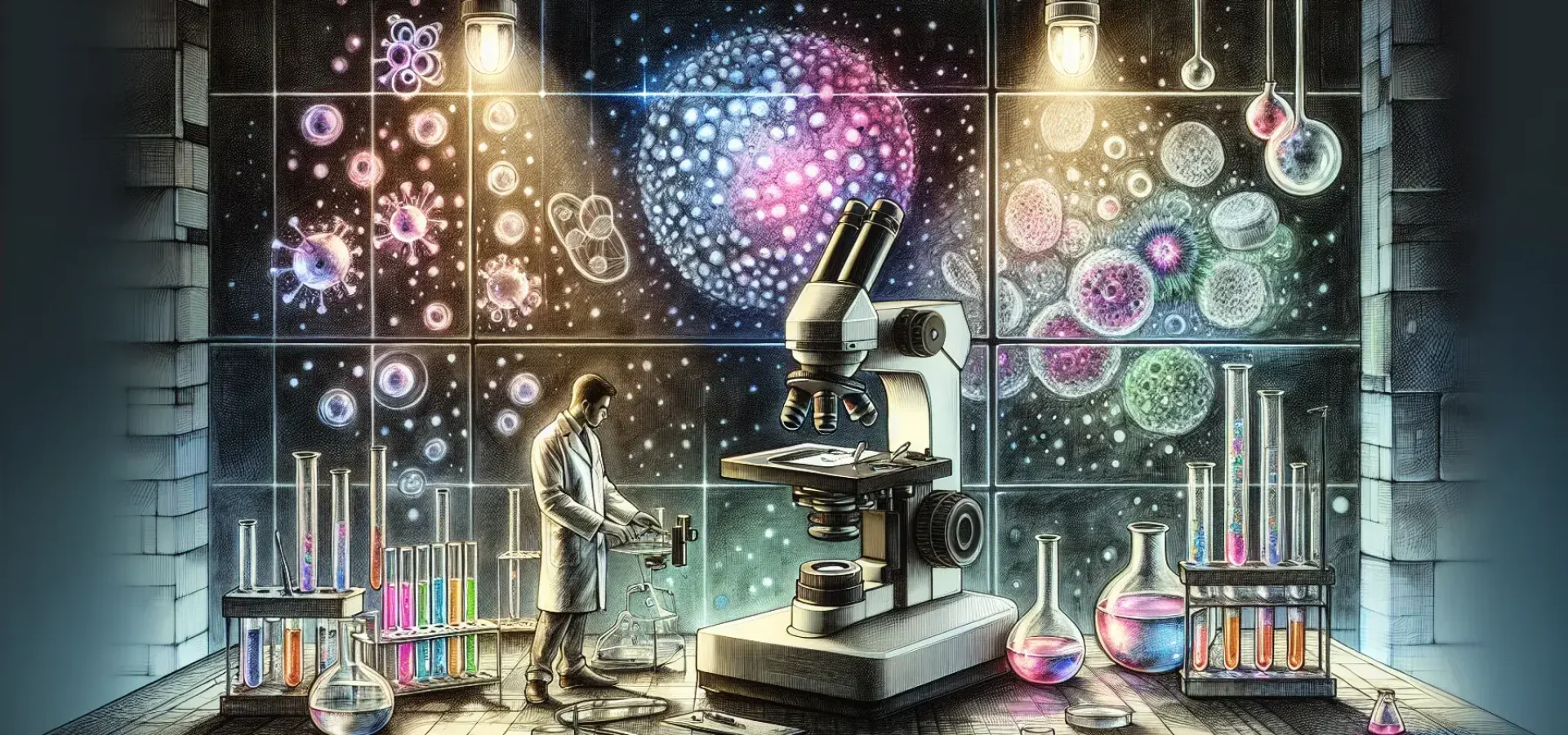
Testicular cancer, though relatively rare compared to other cancers, predominantly affects young men, making it a critical area of focus for early detection and treatment. Modern technology has begun to revolutionize how this disease is diagnosed, potentially improving outcomes and saving lives. This article delves into the latest technological advancements that are enhancing the ways in which testicular cancer is detected and diagnosed, emphasizing the importance of preventive measures and screening.
Traditionally, ultrasound has been the cornerstone of testicular cancer detection. Recent advances in ultrasound technology, however, have significantly improved its diagnostic capabilities. High-frequency ultrasounds can now provide extremely detailed images of the testicular structure, helping to identify even the smallest abnormalities that might not have been detectable with older machines.
Developments like elastography, which measures the stiffness of tissue (cancerous tissues often being stiffer than normal tissue), add another layer of diagnostic accuracy. This technology not only aids in detecting cancer but also in distinguishing between different types of testicular masses, which can influence treatment decisions.
Artificial intelligence (AI) and machine learning are at the forefront of transforming medical diagnostics, including the detection of testicular cancer. AI algorithms are trained to analyze ultrasound images and identify patterns that may elude even experienced radiologists. For instance, AI can differentiate between benign and malignant tumors with a high degree of accuracy, reducing the need for invasive diagnostic procedures such as biopsies.
Moreover, AI-powered systems are being developed to track changes in testicular scans over time, potentially catching the development of cancerous cells at the earliest possible stage. This application could be particularly useful in monitoring at-risk populations, such as those with a family history of testicular cancer.
One of the most promising advancements in cancer detection across various types is the liquid biopsy. This technology detects cancer cells or fragments of DNA from tumor cells that are circulating in the blood. For testicular cancer, this could mean an easy, non-invasive method to screen for the disease, which would be a significant advancement over the current methods that require physical exams and imaging.
Early studies suggest that liquid biopsies can detect biomarkers associated with testicular cancer, potentially allowing for earlier diagnosis than is currently possible. While more research is needed to validate and refine this technology, it represents a potentially groundbreaking shift in how cancers are diagnosed.
Magnetic resonance imaging (MRI) has been used for detailed body scanning and is instrumental in cancer diagnostics. Recent innovations in MRI technology, including more powerful magnets and better software, allow for clearer, more detailed images of testicular tissue. These improvements can help in accurately assessing the extent of the tumor invasion, which is crucial for staging the cancer and planning the appropriate treatment.
Furthermore, the development of functional MRI (fMRI) techniques, which can assess blood flow and metabolic processes in tissues, provides additional insights into the nature of testicular tumors. This can be especially helpful in complex cases where the type of tumor is difficult to ascertain through conventional imaging techniques.
The rise of telemedicine has been accelerated by the global COVID-19 pandemic, and its benefits are being seen in the realm of oncology as well. Telehealth platforms enable patients to consult with specialists without the need for travel, which can be particularly beneficial for those in remote or underserved regions.
In the context of testicular cancer, telemedicine can facilitate ongoing monitoring and follow-up care, ensuring that patients remain engaged with their treatment plans and that any recurrence of the disease can be quickly addressed. Additionally, mobile health apps and wearable technology could be utilized to remind patients to perform self-examinations and report any abnormalities immediately.
Advancements in genetic testing have provided insights into the genetic factors that may increase the risk of developing testicular cancer. Tests that identify specific genetic mutations can not only help in assessing individual risk but also tailor prevention strategies to those who are most vulnerable.
Personalized medicine, guided by genetic profiling, is beginning to influence the treatment of testicular cancer, ensuring that therapies are specifically targeted to the genetic makeup of the tumor. This approach promises to improve treatment efficacy and reduce side effects, leading to better patient outcomes.
The landscape of testicular cancer detection and diagnosis is rapidly evolving, driven by technological innovations. From advanced imaging techniques and AI to non-invasive blood tests and personalized medicine, these advancements are setting the stage for more effective screening and early detection strategies. As these technologies continue to develop and become more integrated into clinical practice, they hold the potential to significantly improve survival rates and quality of life for patients with testicular cancer.
For young men, staying informed about these technological advancements, alongside regular self-examinations and professional screenings, is crucial in the fight against testicular cancer. Awareness and education remain key components in leveraging these technological advances for the most significant impact.
The content provided on this blog is for informational purposes only and is not intended to be a substitute for professional medical advice, diagnosis, or treatment. Always seek the advice of your physician or other qualified health provider with any questions you may have regarding a medical condition. Never disregard professional medical advice or delay in seeking it because of something you have read on this blog.
The authors of this blog do not recommend or endorse any specific tests, physicians, products, procedures, opinions, or other information that may be mentioned on the blog. Reliance on any information provided by this blog is solely at your own risk.
SHARE